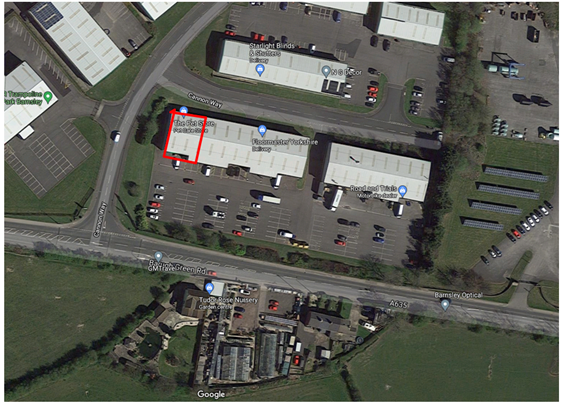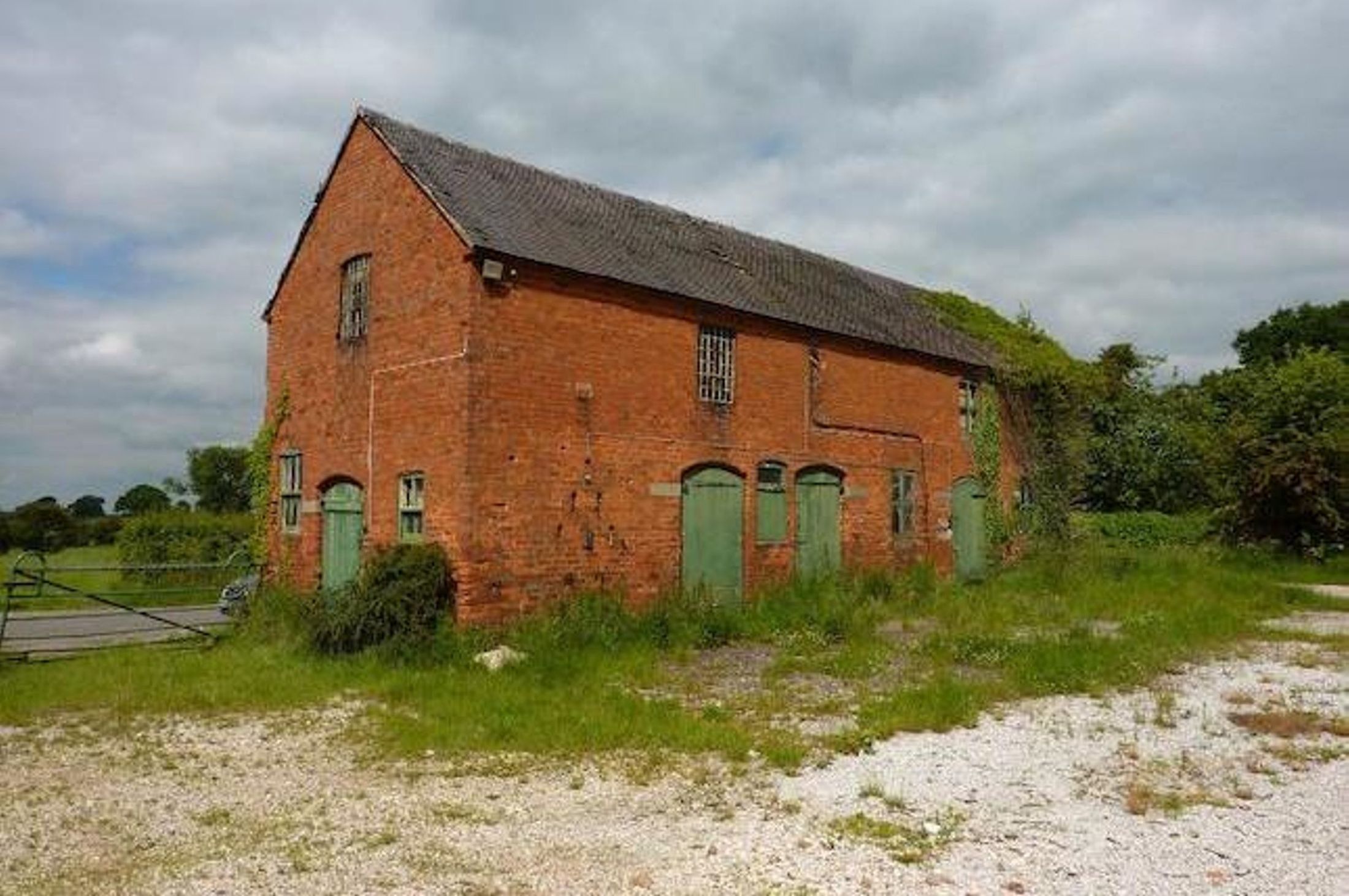Planning & Design Practice Ltd has prepared a planning application for a Lawful Development Certificate (LDC) on behalf of ‘The Pet Store’, an independent pet supplies retailer. The company has 3 established stores operating across the Yorkshire region, and the application site is the largest store in the group. Deemed as the ‘main store’ the site started operating in February 2008 following success at a smaller premises, and is open 7 days a week.
Due to its independent status, the business is able to stock a range of pet supplies and foods rarely found elsewhere. The store also has a wide variety of pet equipment and has become a very popular outlet in the Barnsley and Wakefield area for the general public.
Claycliffe Business Park, on which the store is situated, had permission granted in 1989 for industrial development, but in 2006 the application site was granted permission for B1, B2, B8 and trade sales.
The Pet Store began operating in 2008 from the Business Park, and has been in retail use since it began trading. This application made by Planning Design is for a Certificate of Lawfulness to establish the existing use of Unit 21 at Claycliffe Business Park as a retail unit.
This application was submitted alongside the evidence available to the applicant that demonstrates the continuous use of the building for a period in excess of 10 years.
As this is an application for a Lawful Development Certificate (LDC) it is not a matter of considering the planning merits of the scheme, but it is a legal determination based on the facts and the available evidence to establish whether the stated activity is established and lawful by the passage of the relevant period of time and therefore beyond the scope of enforcement action.
The test of the evidence is “on the balance of probabilities” rather than the stricter criminal test of “beyond reasonable doubt”.
The main considerations for this application are therefore to establish:
- That the unit is and continues to be used for the sale of goods to the general public in small quantities for their use or consumption rather than for resale (definition of retail – Oxford English Dictionary).
- That the building has been continuously for that purpose for at least 10 years.
The nature of the business is that all items are individually priced and comprise of relatively small items that are used/ consumed by the general public. Items include a variety of animal supplies and pet accessories such as: food, treats, toys, collars, leashes, cat litter, cages and beds.
Often, it is the case that members of the public will bring their pets to the store to try equipment on, which is actively encouraged by the owner, showing that there is clearly an emphasis on providing a good level of service to all members of the public.
This is therefore materially different from ‘a trade counter’ which can be defined as the sale of goods at a reduced price, to registered tradesmen and businesses, including the storage of goods.
It was concluded that the evidential documents submitted with the application confirmed that the current retail (Class E(a)) use began more than 10 years ago from the date of this application, and has been in that use for a continuous period of 10 years.
Planning & Design have a wealth of experience in designing and securing planning permission for commercial projects. For expert advice and a no obligation consultation to discuss your business, please get in touch.








